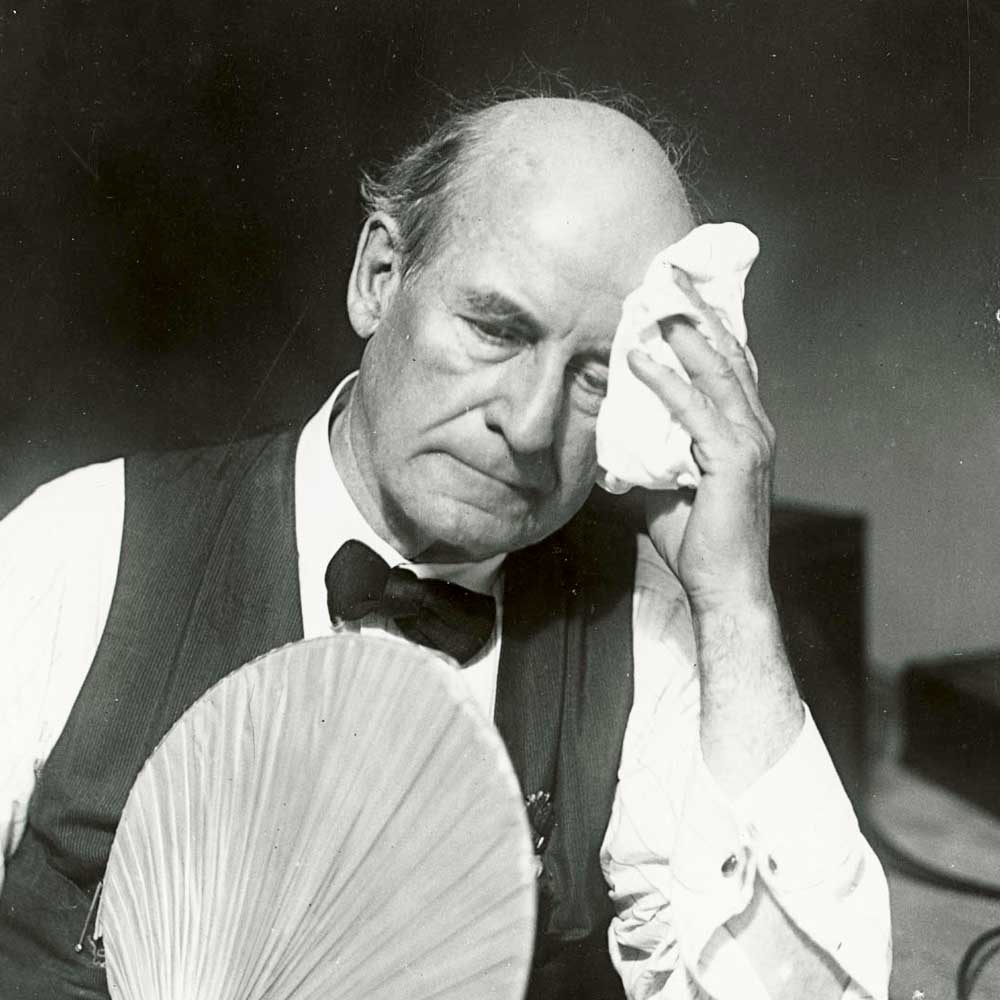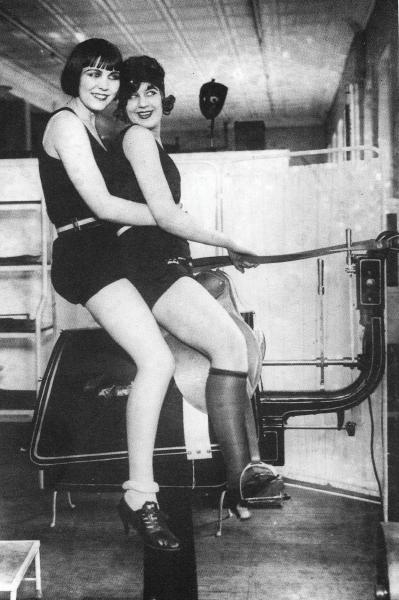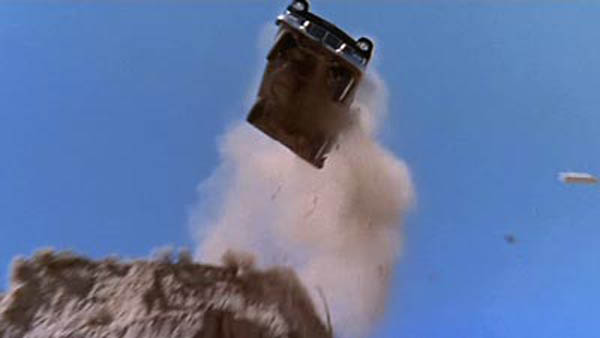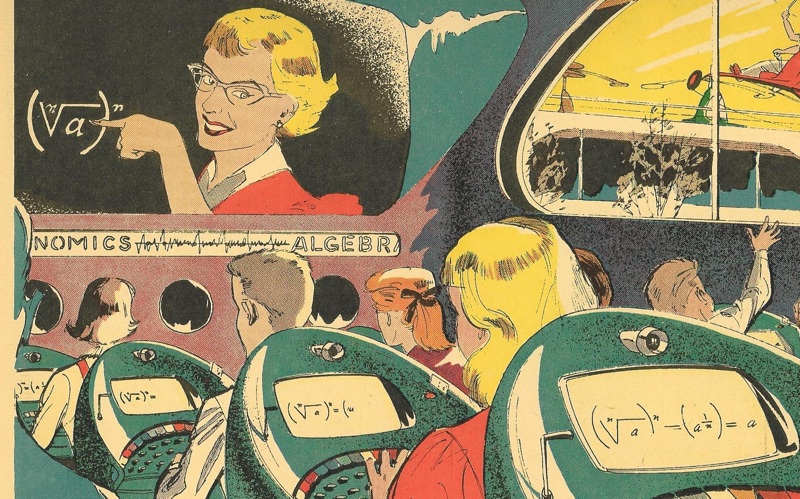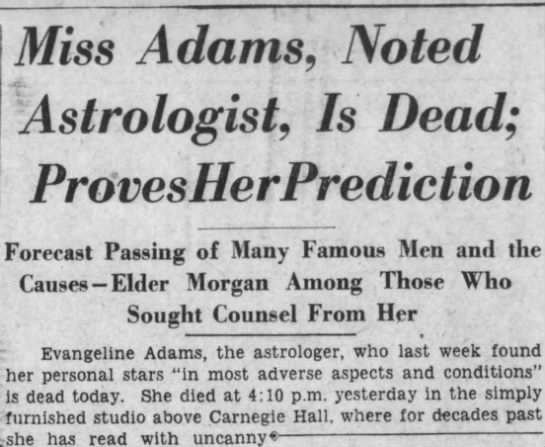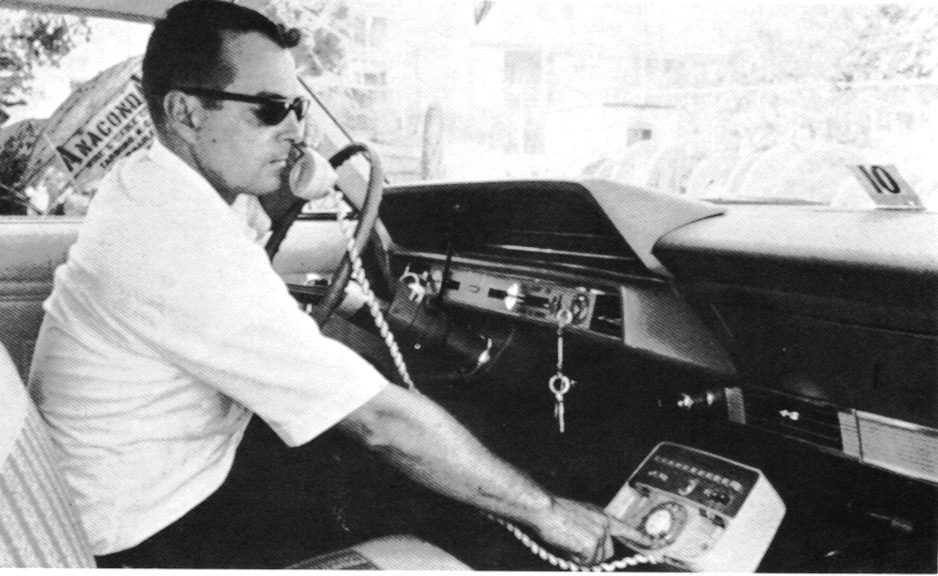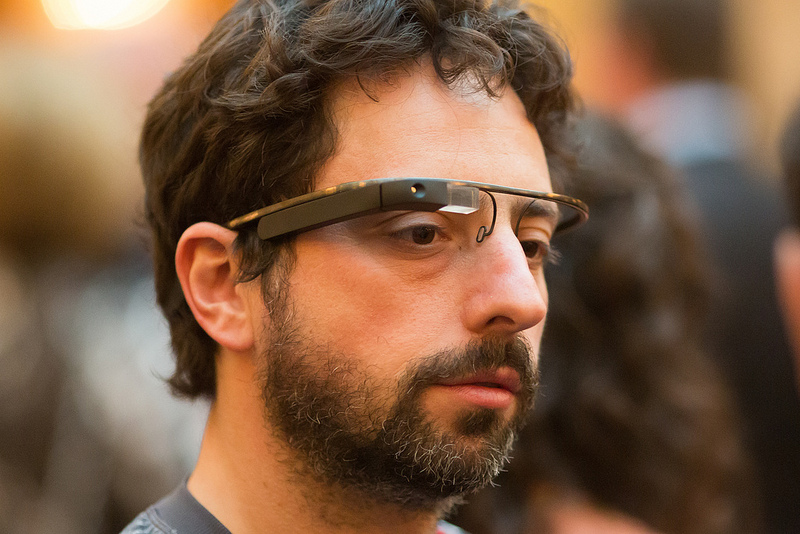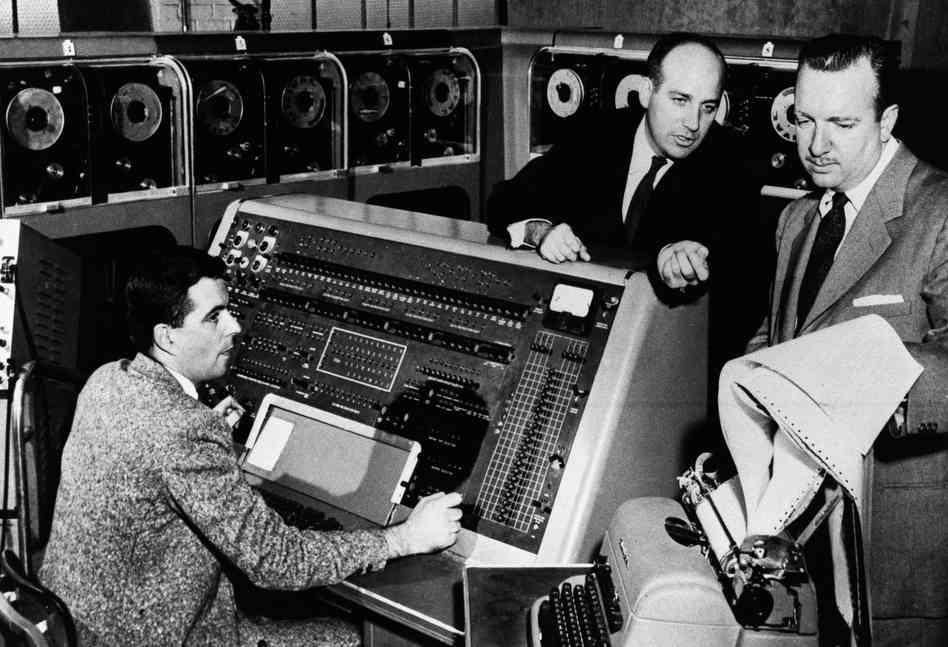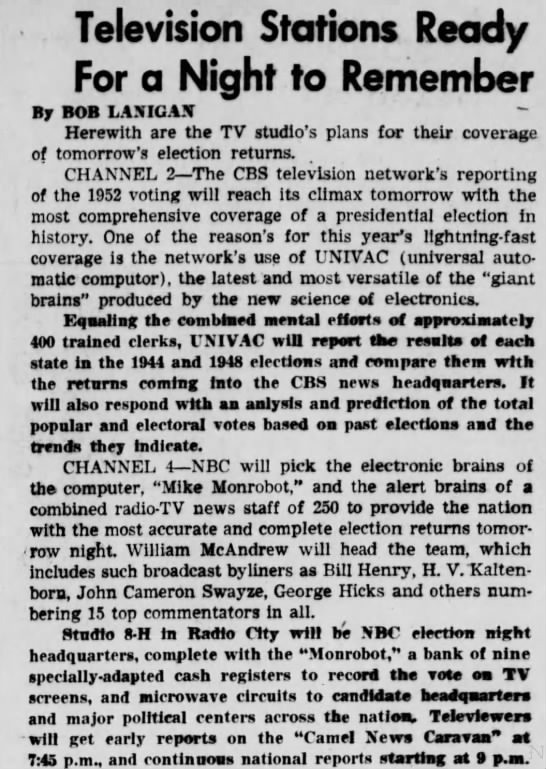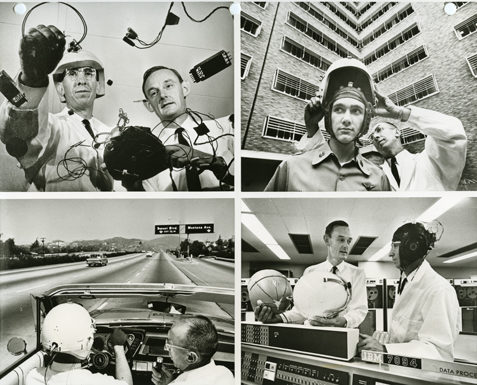The publication of a recent unauthorized biography of Joan Didion has reopened the conversation on her career, with some turning their guns on her canon, but I still vote “yes,” especially in regards to her writing about her native California.
One assignment in the Golden State that never panned out as planned was her 1976 reportage of the Patty Hearst trial in San Francisco, which was supposed to run in Rolling Stone. Didion couldn’t find the thread of the court proceedings of the debutante terrorist but used the experience to work over some of her own knots.
A few of her recollections of this period have been published in the New York Review of Books. The essay jumps around, touching on two different coming-of-age stories which occurred, roughly speaking, in the same milieu. Really intended for Didion completists. The introduction:
I had told Jann Wenner of Rolling Stone that I would cover the Patty Hearst trial, and this pushed me into examining my thoughts about California. Some of my notes from the time follow here. I never wrote the piece about the Hearst trial, but I went to San Francisco in 1976 while it was going on and tried to report it. And I got quite involved in uncovering my own mixed emotions. This didn’t lead to my writing the piece, but eventually it led to—years later—Where I Was From (2003).
When I was there for the trial, I stayed at the Mark. And from the Mark, you could look into the Hearst apartment. So I would sit in my room and imagine Patty Hearst listening to Carousel. I had read that she would sit in her room and listen to it. I thought the trial had some meaning for me—because I was from California. This didn’t turn out to be true.
—March 23, 2016•




